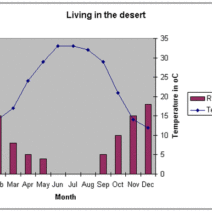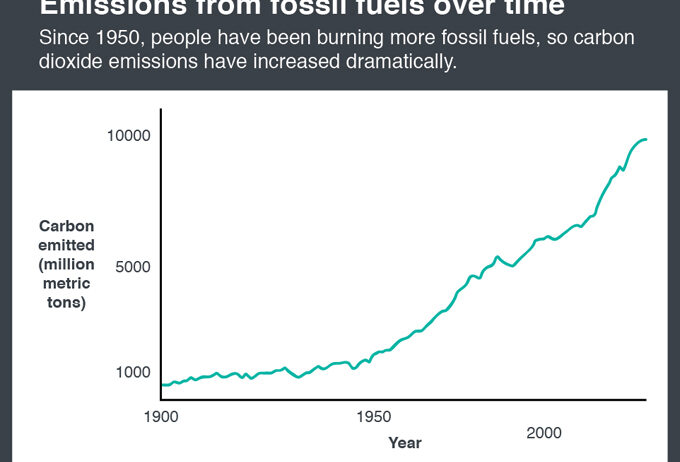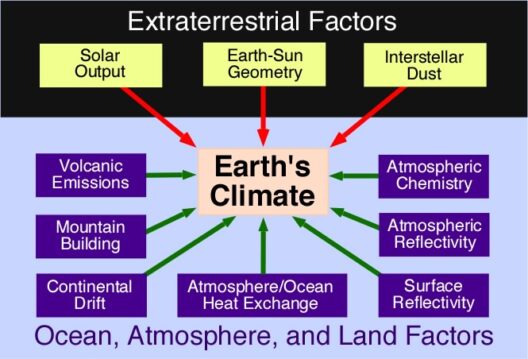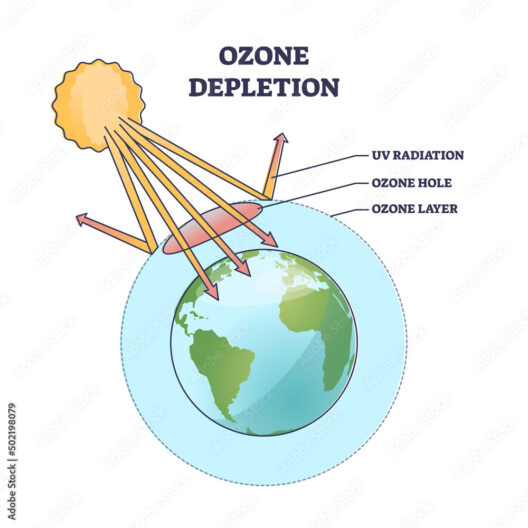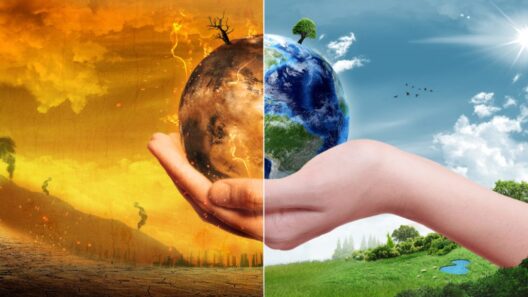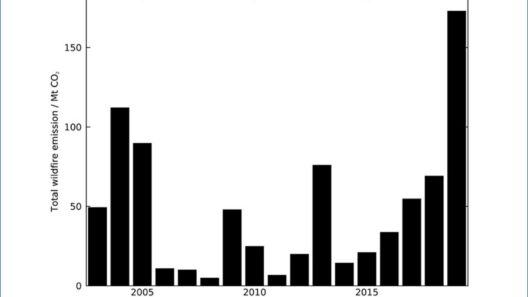The intricacies of the carbon cycle encompass a web of interactions vital to sustaining life on Earth. However, humanity’s escalating reliance on fossil fuels has exacerbated issues related to global warming. This article delves into the carbon cycle’s mechanics, its interplay with global temperatures, and how acknowledging this relationship can spur a paradigm shift in our understanding of climate change.
At its essence, the carbon cycle describes the continuous movement of carbon among the atmosphere, oceans, soil, and living organisms. Carbon exists in numerous forms, such as carbon dioxide (CO2), methane (CH4), and carbon-based compounds. These forms engage in natural processes that can sequester or release carbon. Oceans, forests, and soils act as carbon sinks, and they regulate atmospheric carbon levels, generally maintaining a homeostatic equilibrium.
Carbon dioxide, the most prevalent greenhouse gas, is instrumental in trapping heat in the Earth’s atmosphere. When sunlight reaches the planet, a portion of that energy is reflected back into space. Greenhouse gases, like CO2, absorb some of that outgoing infrared radiation, fostering a warming effect. This fundamental characteristic underscores the vital need to comprehend the ramifications of increased CO2 levels due to anthropogenic actions.
Over the last century, industrialization catalyzed a consumption explosion of fossil fuels—coal, oil, and natural gas—releasing vast amounts of stored carbon into the atmosphere. This surging CO2 concentration has far outstripped the natural capacity of ecosystems to absorb it. Alarmingly, atmospheric CO2 levels have now surpassed 400 parts per million (ppm), a threshold not seen for millions of years. Such an escalation is not merely quantitative; it transforms our planet’s climatic state, inducing a cascade of detrimental effects.
The consequences of elevated CO2 levels manifest as global warming—a persistent increase in average Earth’s temperature. As temperatures rise, climatic patterns undergo significant alterations. Ice caps melt, sea levels rise, and the frequency and intensity of extreme weather events escalate. The implications stretch beyond environmental shifts; they permeate human health, economic stability, and biodiversity.
Moreover, the feedback loops inherent in the carbon cycle can further exacerbate warming. For instance, as global temperatures rise, permafrost in polar regions begins to thaw. This thawing process releases previously trapped methane—a particularly potent greenhouse gas—into the atmosphere, potentially catalyzing a more rapid climatic response. Such feedbacks illustrate the interconnectivity of natural systems and the perilous consequences of human interference.
Additionally, oceans play a critical role in regulating carbon. They absorb approximately one-quarter of global CO2 emissions. However, this process precipitates ocean acidification, creating an inhospitable environment for marine life, particularly calcifying organisms like coral reefs and shellfish. The degradation of these ecosystems has cascading effects on marine biodiversity and, by extension, human populations reliant on these resources for sustenance and economic activity.
Recognizing the implications of the carbon cycle emphasizes the urgency for sustainable solutions. Transitioning to renewable energy sources, such as wind, solar, and hydroelectric power, is essential for abating further carbon emissions. Innovations in technology can enable the capture and storage of carbon emissions, thereby mitigating their atmospheric impact. Furthermore, adopting regenerative agricultural practices can enhance soil carbon sequestration, fostering healthier ecosystems and more resilient food systems.
Reforestation and afforestation initiatives also present viable pathways for carbon management. Trees act as natural carbon sinks, sequestering CO2 through photosynthesis. Protecting existing forests and expanding green spaces contribute to maintaining biodiversity and mitigating climate change. However, these actions require coordination among governments, businesses, and communities, necessitating widespread advocacy and awareness efforts.
Understanding the carbon cycle encourages a shift in perspective regarding climate change. This knowledge transforms the dialogue from one of despair to empowerment. By acknowledging that the solutions are within our reach, individuals and groups can catalyze change at various levels—local, national, and global. Engaging in conversations about carbon footprints, supporting policies that prioritize sustainability, and committing to lifestyle changes can collectively redefine our relationship with the environment.
As the global community confronts the challenges posed by climate change, fostering curiosity about the interconnected intricacies of the carbon cycle becomes paramount. This engagement can lead to informed decisions, innovative solutions, and fervent activism. Cultivating a sense of stewardship for our planet is not just an obligation; it is a commitment to future generations and the myriad forms of life with whom we share this world.
In conclusion, the carbon cycle serves as a critical lens through which to view climate change. Understanding its mechanisms and acknowledging the impact of human activities can inspire proactive solutions and galvanize action. As individuals become more discerning about their ecological footprint, they contribute not only to their communities but also to the overarching health of our planet. In doing so, a more sustainable and equitable future can emerge, one that nurtures the delicate balance of nature while mitigating the specter of global warming.

